The Day Group handles around 200,00 tonnes of glass through its subsidiary Day Glass Recycling, which collects glass from commercial and domestic sources and exports this to recyclers on the continent.
The company has defended exports in the wake of comments last month from Phil Fenton, lead packaging and recycling advisor at British Glass. In a statement given to letsrecycle.com, Mr Fenton warned that the packaging recovery note (PRN) system is encouraging the export of glass which could be used by UK industry.
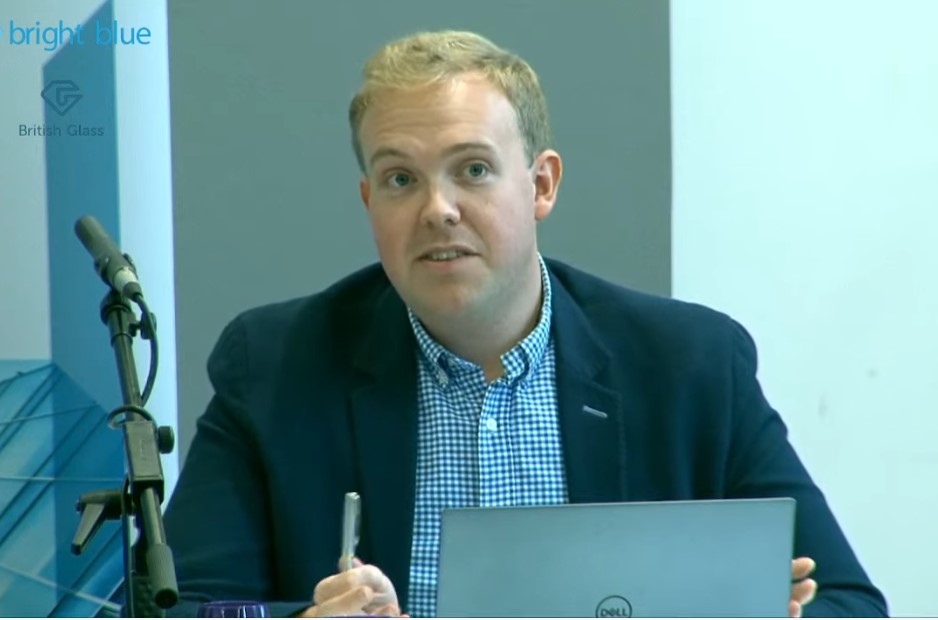
Mr Fenton claimed that more than two thirds of the 276,000 tonnes of exported glass could have been used by UK glass manufacturers, and said exports have grown in recent years “driven by the high PERN price and the extremely low cost to collect for export with no processing cost”.
PRN
In response, The Day Group warned that the comments made by British Glass “suggest the rise in PRN value benefits export more than recycling in the UK, pointing to a lack of processing investment in Europe. This is not the case, with European recycling facilities investing heavily over the past few years to increase capacity and recovery”.
The company added that “contrary to the comments by Mr Fenton, glass exported incurs the same processing costs in Europe compared to that processed in the UK.”
According to the Day Group, the majority of the export PRN (PERN) value makes its way back to UK local authorities through higher prices paid for collected glass, with this added value supporting glass collection rather than to the recycling industry.
The company also said the export of glass helps to achieve the requirements of the Packaging Waste Regulations compliance and only glass that is remelted is covered by the export PRN.
Day Group reasons that the high Glass PRN rates seen in recent months, exceeding £100, have actually been driven by rising recycling targets and increased obligation tonnages, not by export.
“Our focus needs to be on the current balance of ‘remelt’ vs ‘other’ within the UK’s glass obligation. This is where additional tonnages could be diverted into the UK remelt sector and away from aggregate,” the spokesperson added.
Report
The Day Group also pointed to its Glass Export Report published in February. This details the case for why exports are needed in the UK.
For example, the company said the vast majority of the glass remelt capacity is located in the north of the UK, with just over 90% of it being in Yorkshire, Merseyside, Cheshire, Scotland and Northern Ireland. The average weighted distance from Day Group’s site in Greenwich to the UK’s remelt capacity is around 260 miles, and from the dockside storage site used in Kent is around 290 miles.
“It makes environmental sense that if the country has an excess of waste glass packaging for recycling, that exports should come from the south of the country (Hampshire, Surrey, Sussex and Kent) where the average distance to UK remelt capacity is furthest, and location to key export markets in Western Europe are typically closest,” the company said.
There is an imbalance between the colour of the waste glass packaging generated and what is needed for UK container glass production
Colour
In the United Kingdom, the company added that there is an imbalance between the colour of the waste glass packaging generated and what is needed for UK container glass production.
This is primarily due to the UK “being a large consumer of wine, but producing very little, hence we have a limited requirement for new green glass bottles.
“Of the waste container glass generated, around 38% is green, 52% is clear and 10% is amber. However, production of container glass in the UK is approximately 20% green, 62% clear and 18% amber. Therefore, the UK has an excess of green glass that must either be exported to countries where there is a shortage of green glass for production, effectively a repositioning of feedstock, or used in non-colour sensitive aggregate applications in the UK.”



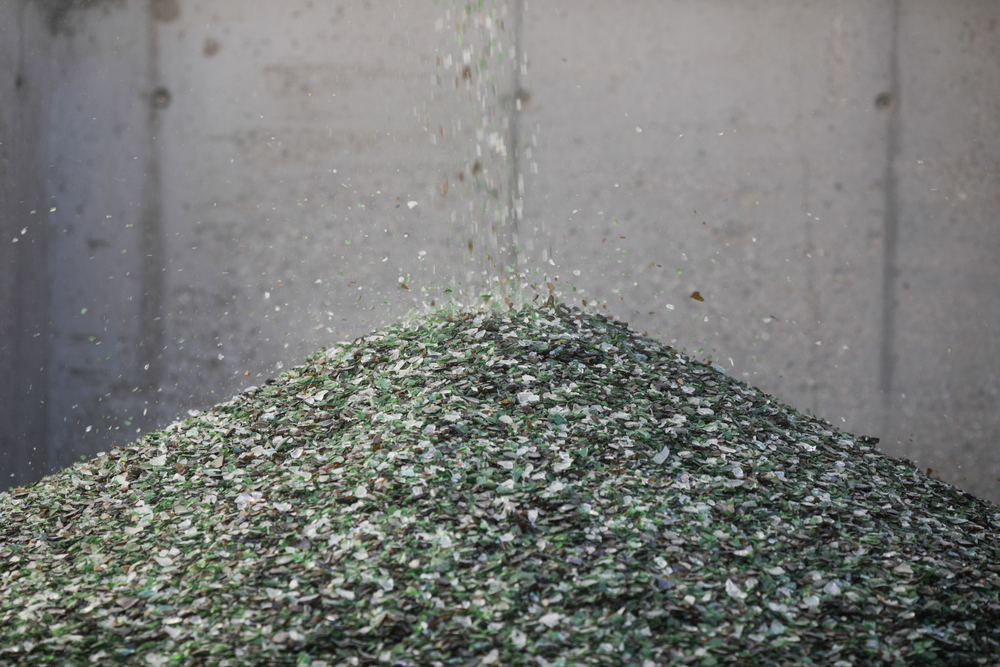
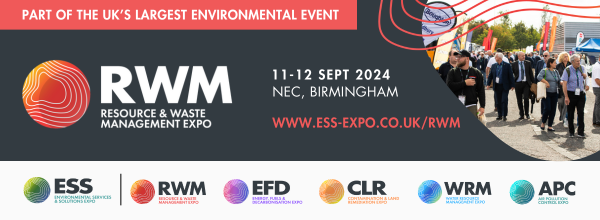
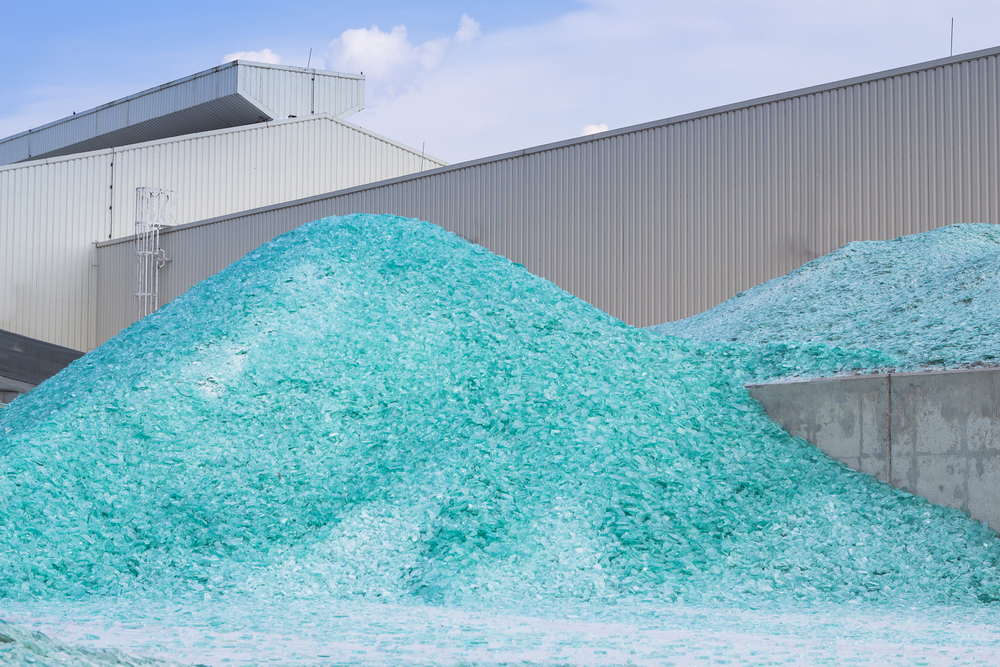
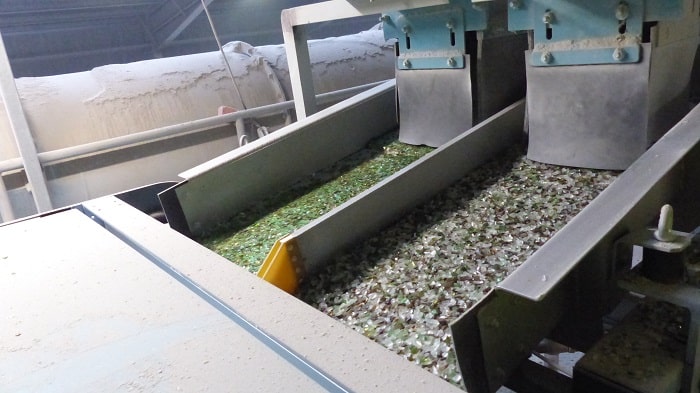
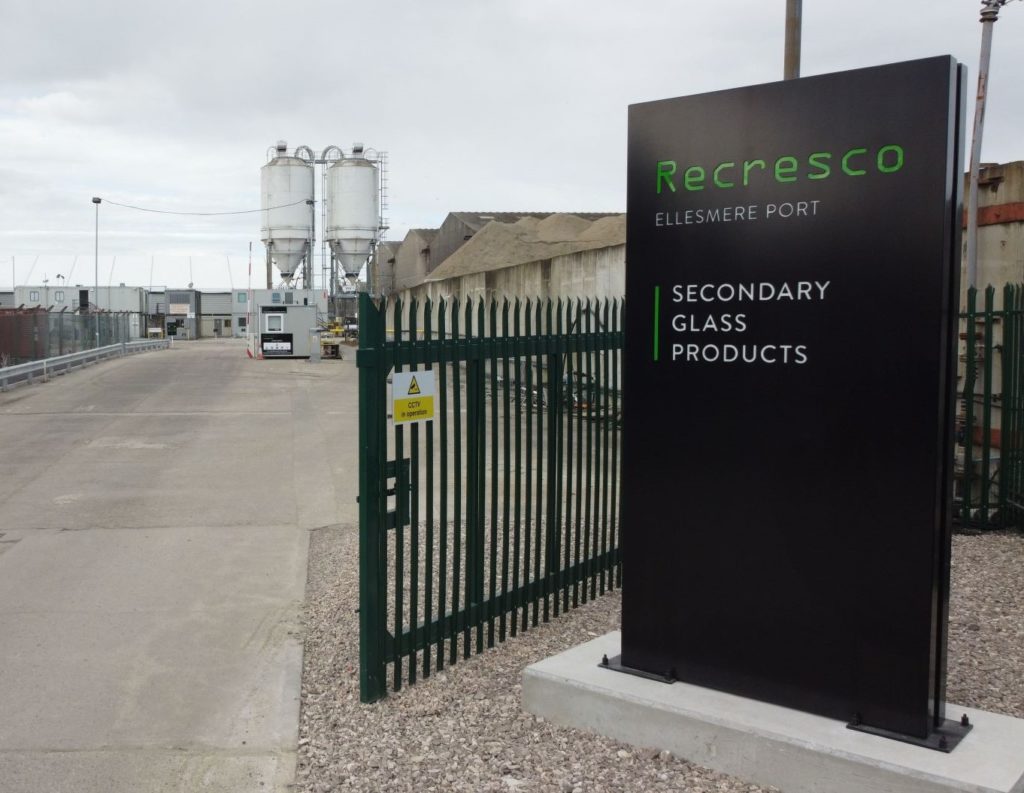


Subscribe for free